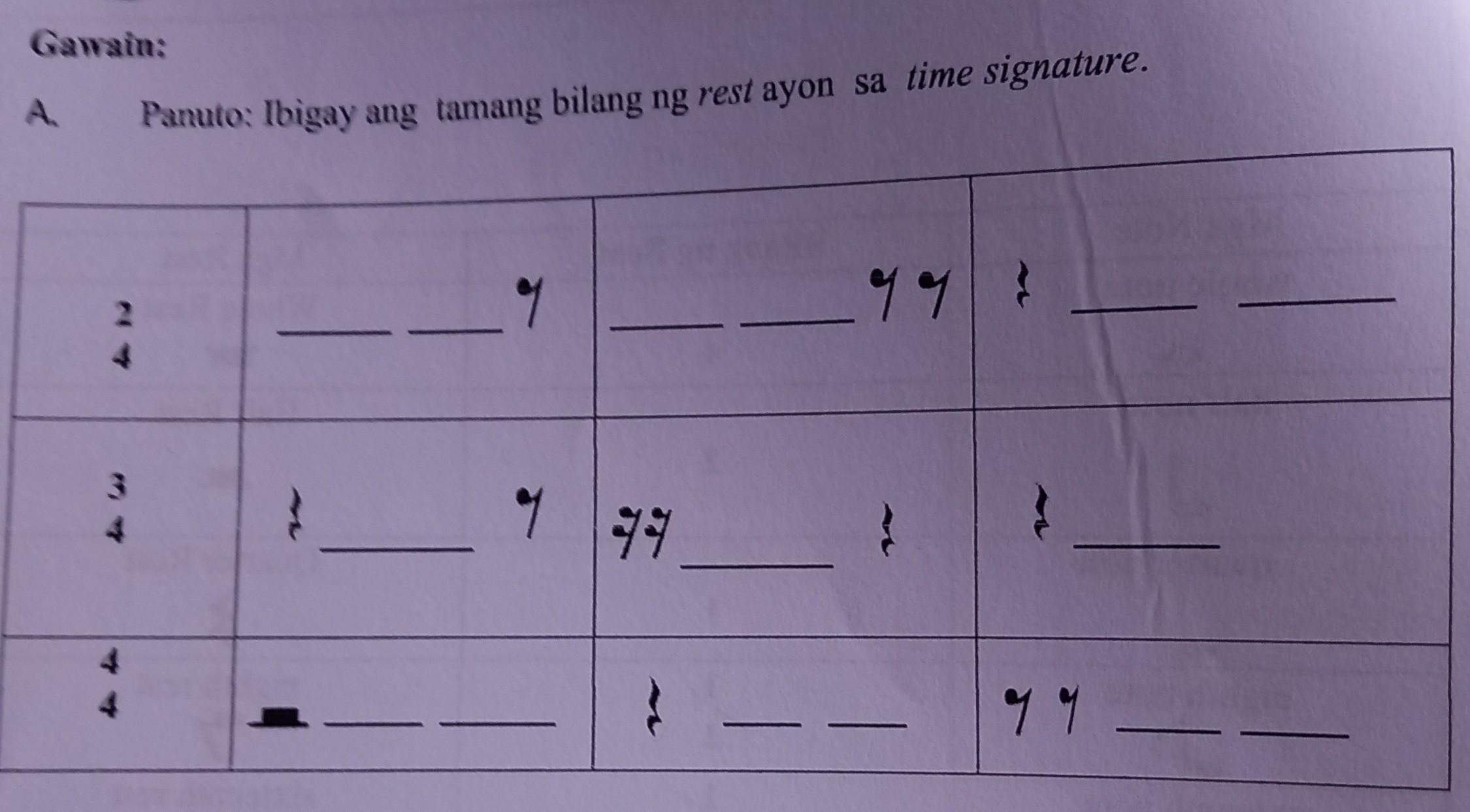Answer:
1. The method of Malaysian batik making is different from those of Indonesian Javanese batik, the pattern being larger and simpler with only occasional use of the canting to create intricate patterns. ... The colours also tend to be lighter and more vibrant than deep coloured Javanese batik.
2. Generally the man's headgear in Brunei Darussalam can be categorised into three kinds: dastar, which is a piece of cloth tied around the head; songkok or kopiah, a type of cap made from velvet; and tengkolok or serban, which resembles a turban and is a typical headdress in the Middle East.
3. Yipeng Festival
Yi Peng is the event most people recognise for its floating sky lanterns known as khom loi. Surprisingly, Yi Peng is not an official holiday, although it is a large public event. It is celebrated on the full moon in the second month of the Lanna (the ancient northern Thai kingdom) lunar calendar; yi means ‘two’ while peng translates to ‘full moon day’.
Loy Krathong/Loi Krathong Festival
Loi Krathong, a water lantern festival, occurs on the evening of the full moon during the twelfth month of the Thai lunar calendar. It is less known to outsiders, but it is a huge celebration in Thailand.
4. Malaysian batik depicting humans or animals are rare because Islam norms forbid animals images decoration. however, the butterfly theme is a common exception. the colors also tend to be lighter and more vibrant than deep colored Javanese batik.
5. Angkor Wat is the prime example of the classical style of Khmer architecture—the Angkor Wat style—to which it has given its name. By the 12th century Khmer architects had become skilled and confident in the use of sandstone (rather than brick or laterite) as the main building material.
Explanation:
i hope this helped you :))

